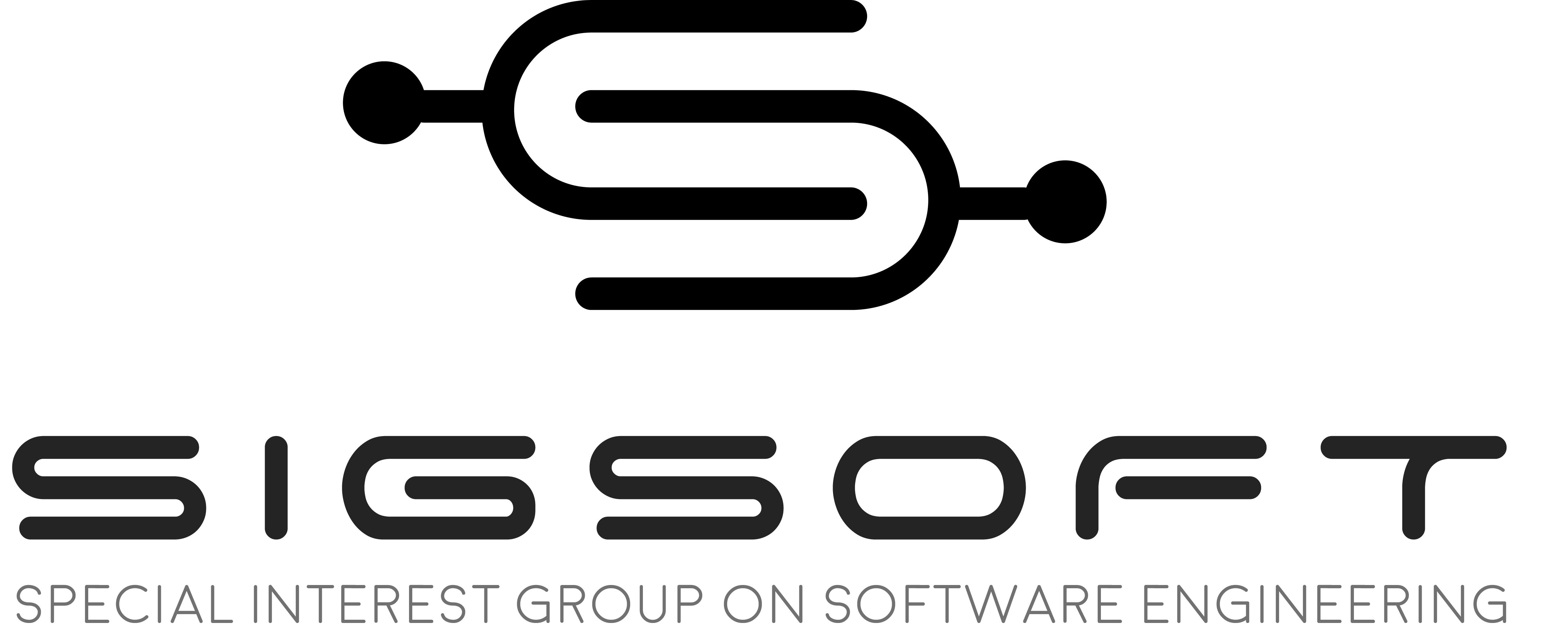Publication Guidelines
Submitting to SEN
Material for publication in Software Engineering Notes (SEN) should be submitted via email to editors_sigsoft [at] acm.org.
Contributions can be articles, reports, reviews, columns, announcements, or book reviews. The submission of articles is however restricted to scientific/research articles that are part of a workshop for which SEN has agreed to be the publisher. Other scientific/research articles, i.e., articles that are sent unsolicited and could have been submitted to a regular journal or workshop for review, will no longer be published in SEN. As columns, we instead welcome contributions that discuss topics of interest among SIGSOFT members and the software engineering community at large. Columns should normally not be longer than 4 pages (exceptions may be allowed on a case-by-case basis) and trigger further discussion among community members. Finally, as reports, we welcome summary reports from workshops conducted under the umbrella of ICSE, ASE, ESEC/FSE and other major SIGSOFT sponsored conferences.
Manuscripts should be prepared by using SEN style and submitted by sending their sources and/or .pdfs with all fonts embedded. The following templates are available:
Authors are warmly encouraged to carefully structure the abstract of their manuscript, so as to ensure that it reflects the key points addressed in the document, which will appear in full in the ACM Digital Library. Authors are also encouraged to use the keywords found on the ACM Computer Classification System (CCS) that is available online.
Submission Deadlines
SEN appears quarterly (four issues a year). Submission deadlines are 4 weeks before publication date or roughly:
- November 30 for the January issue
- February 28 for the April issue
- May 31 for the July issue
- August 31 for the October issue
Publication Terms and Conditions
By submitting your article for distribution in SEN, you hereby grant to ACM the following non-exclusive, perpetual, worldwide rights:
- to publish in print on condition of acceptance by the editor,
- to digitize and post your article in the electronic version of this publication,
- to include the article in the ACM Digital Library, and
- to allow users to copy and distribute the article for non-commercial, educational or research purposes.
However, as a contributing author, you retain copyright to your article and ACM will make every effort to refer requests for commercial use directly to you.
By submitting your article for distribution in SEN, you also agree that:
- at this time, you, or one of your co-authors, have not submitted this article for review/acceptance in any other conference, workshop, symposium, or publication, and
- should your article be accepted for publication in SEN, you, or one of your co-authors, will not submit this article to any conference, workshop, symposium, or publication.
Finally, all contributions are considered personal rather than organizational; technical contributions are considered as unrefereed working papers. Controversy is encouraged, whilst personal attacks are discouraged.
On Plagiarism
Please see the ACM webpage about plagiarism and self-plagiarism.
Plagiarism is copying words from another published paper (your own or someone else’s) without proper quotes and citations. In writing, everything not quoted and cited is presumed to be new work by the author. Plagiarism disrespects both the original author (whose contributions are not acknowledged) and the reader (who is mislead about the contributions of the current paper, and will not know where to go when they want to learn more). It looks like theft of words or ideas.
Any copied text longer than a few words should be put in quotes and given a reference. If you copy more than a full sentence, use indented paragraphs to denote a block quote. Note that copying text and then changing words here and there is not good enough. Use quotes or rewrite completely.
